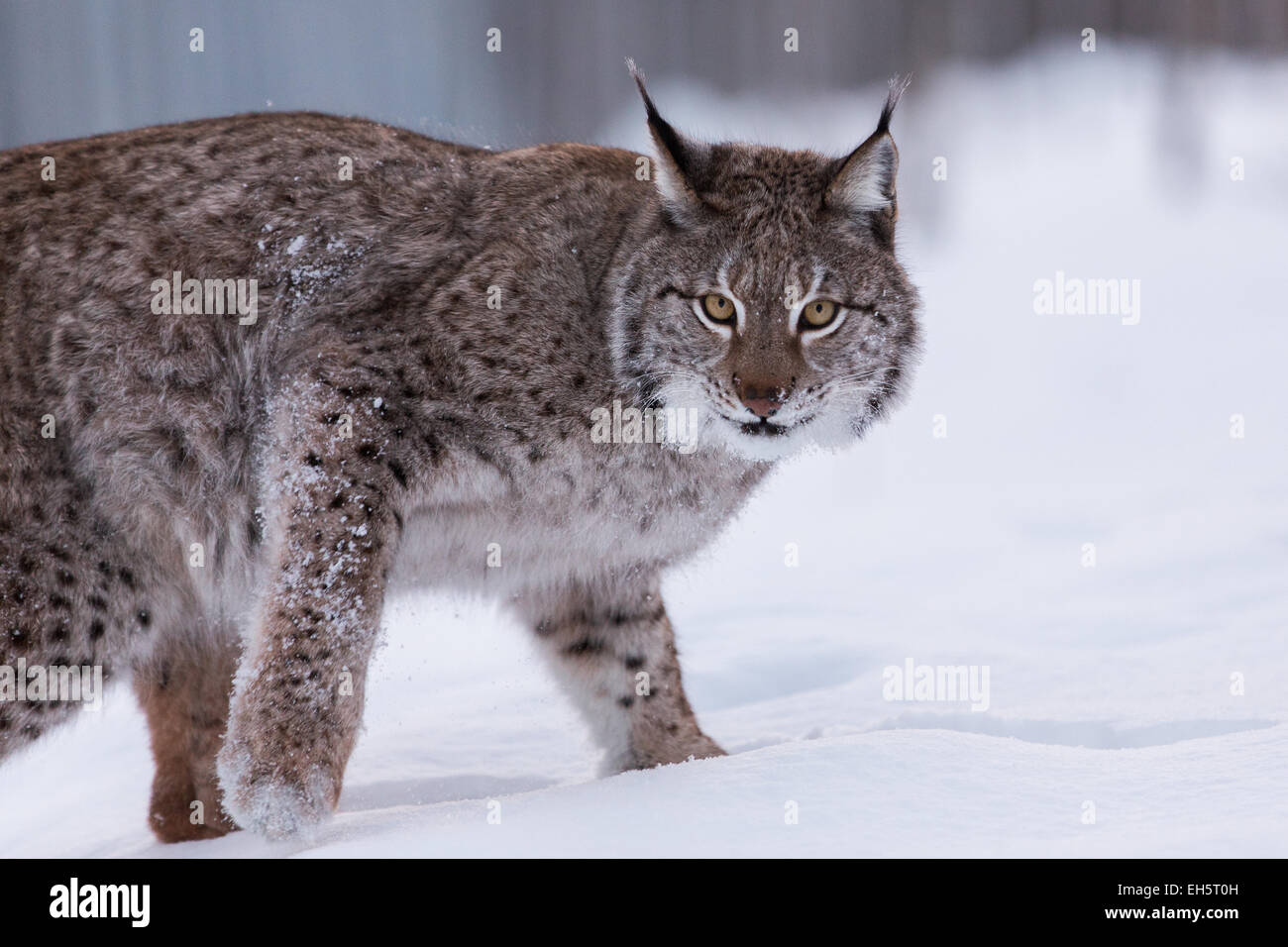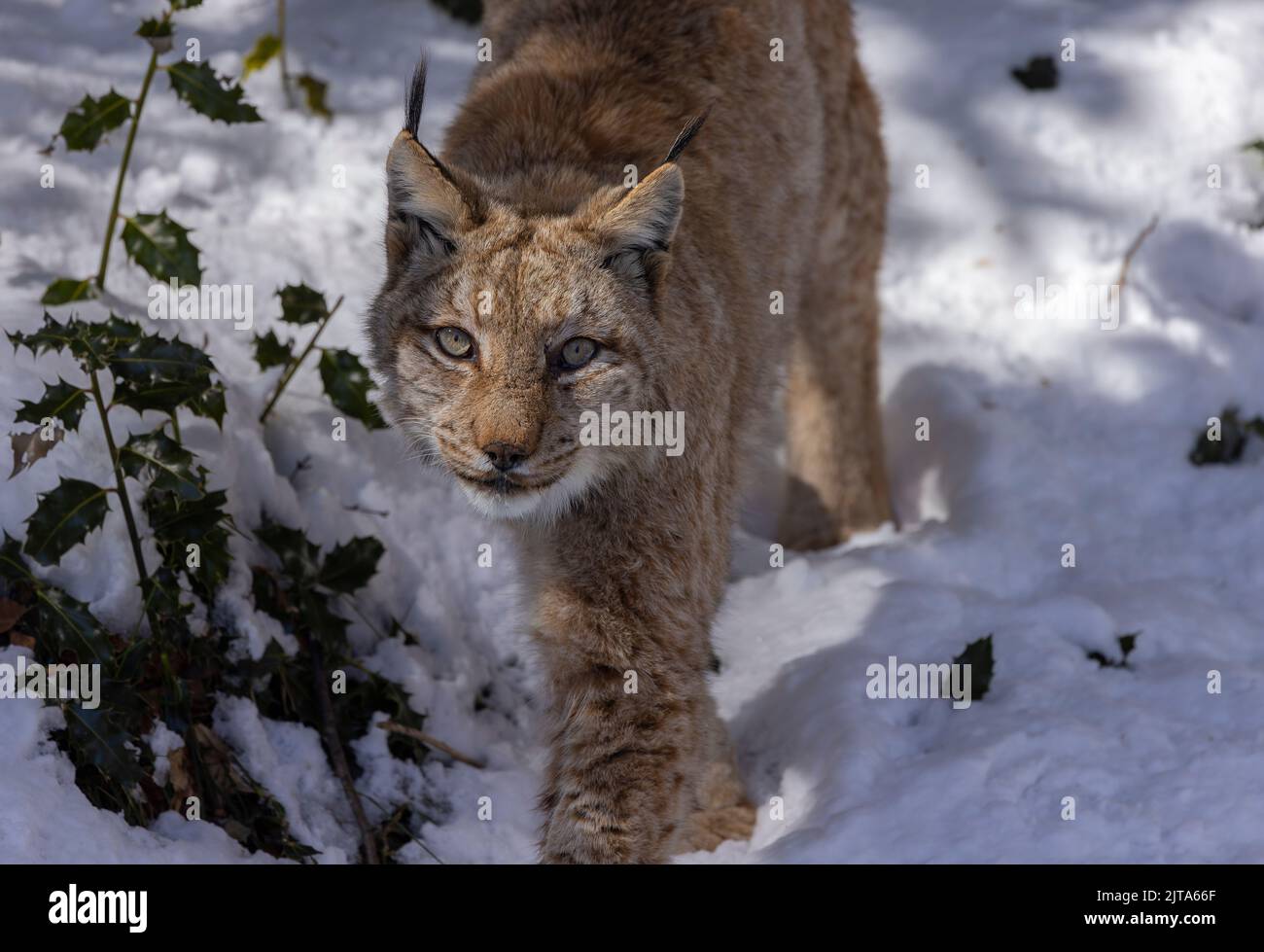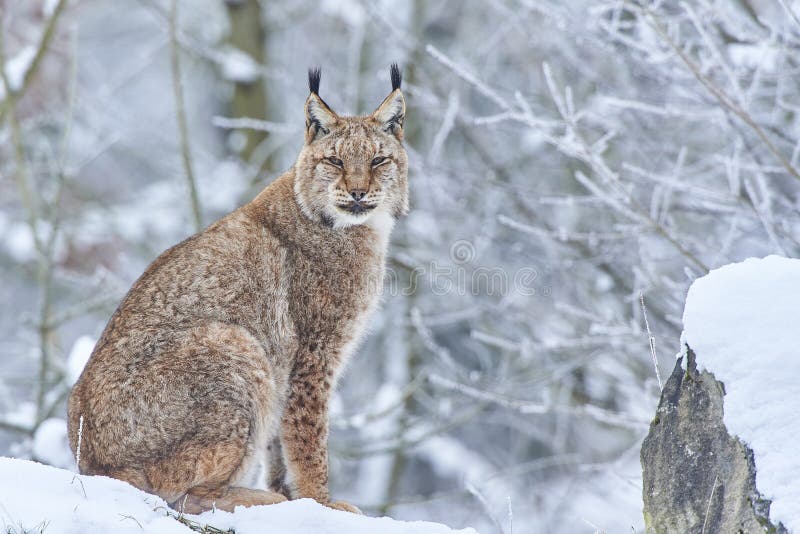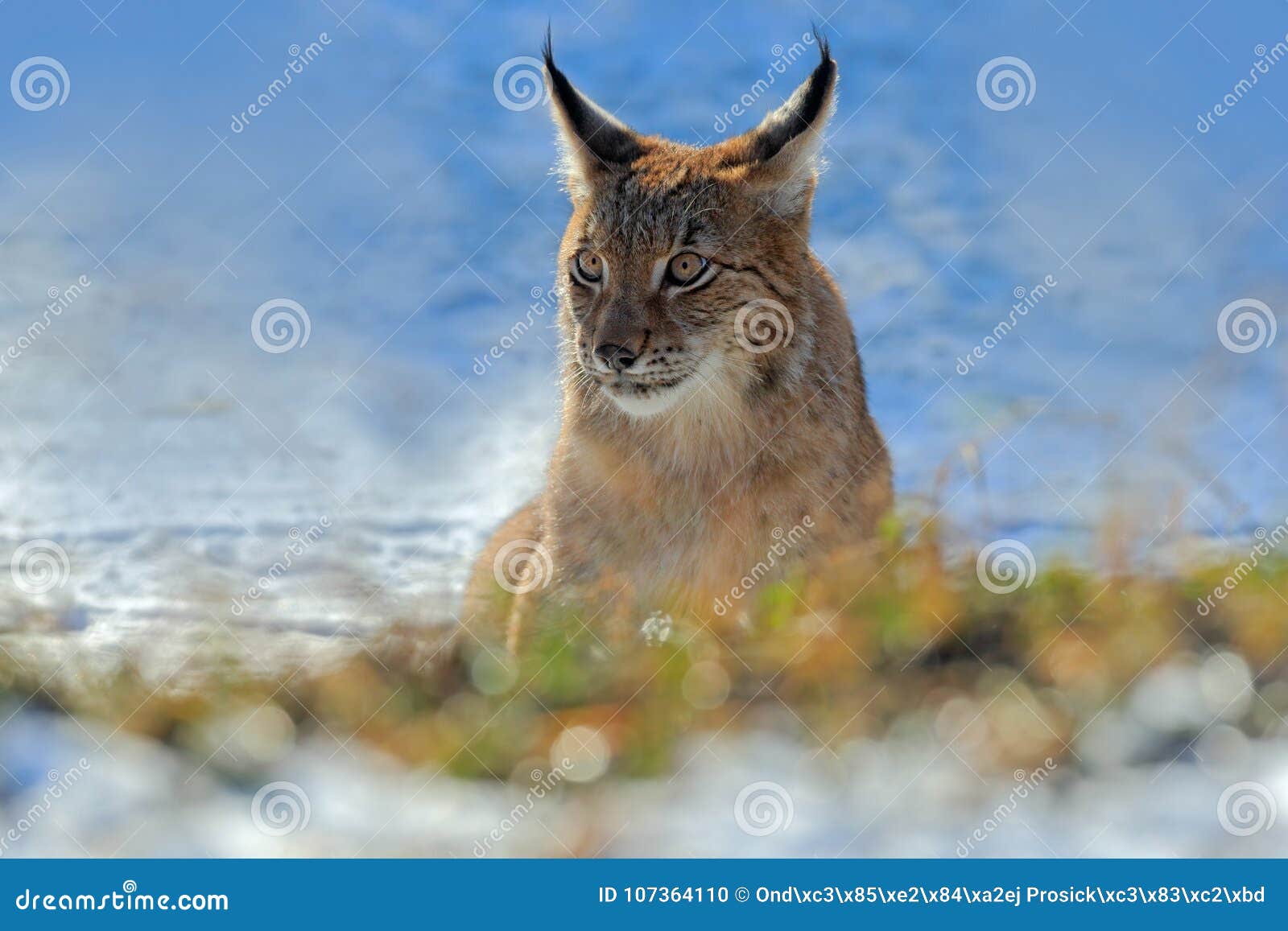A Eurasian lynx in a snowy winter forest Stock Photo Biology Diagrams The snowshoe hare and the Canadian lynx in the boreal forests of North America show 9- to 11-year density cycles. These are generally assumed to be linked to each other because lynx are specialist predators on hares. Based on time series data for hare and lynx, we show that the dominant dimensional structure of the hare series appears to be three whereas that of the lynx is two.

Habitat fragmentation can isolate populations, making it difficult for animals to find food, mates, or new territories. This can lead to decreased biodiversity, affecting the overall health of the ecosystem. Climate change is another critical concern, as rising global temperatures can alter the taiga's cold climate.

Taiga Biome Food Chain Biology Diagrams
The taiga biome food web is a complex network of interactions between various organisms, from the smallest microorganisms to the largest apex predators. Every living being plays a crucial role in maintaining the ecosystem's delicate balance in this frozen wilderness. For instance, coniferous trees provide food for insects, which birds eat. These birds may, in turn, be prayed upon by larger

Snowshoe hare is the primary food of the lynx. The population cycles of these two species are closely linked. When hares are plentiful, lynx eat little else and take about two hares every three days. Lynx prey upon mice, voles, squirrels, grouse, ptarmigan and carrion when hares are scarce. These food sources often do not meet the lynx's nutritional needs.

Population regulation in snowshoe hare and Canadian lynx: asymmetric ... Biology Diagrams
This article delves into the Maine lynx's physical traits, hunting techniques, reproductive behavior, and remarkable cold climate adaptations. Physical Characteristics. The Maine lynx, scientifically known as Lynx canadensis, is a medium-sized feline distinguished by its striking physical features. The isolation of certain populations makes it difficult for animals to find food, mates, and new territories. This leads to decreased biodiversity, affecting the food web. Climate change; The global rise in temperature is altering the taiga's cold climate. This can lead to changes in plant and animal pollution, disrupting the food web. Pollution Polar bears are the top of the Arctic's land-based food chain. Their biggest threat to survival is not other species. Rather it is the changing environmental conditions brought on by climate
